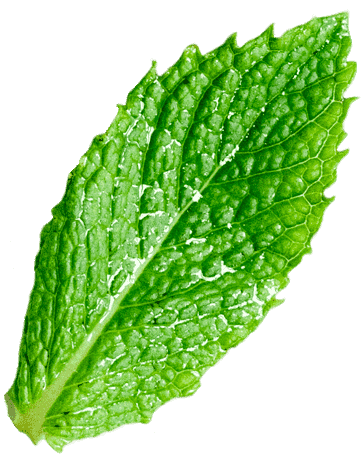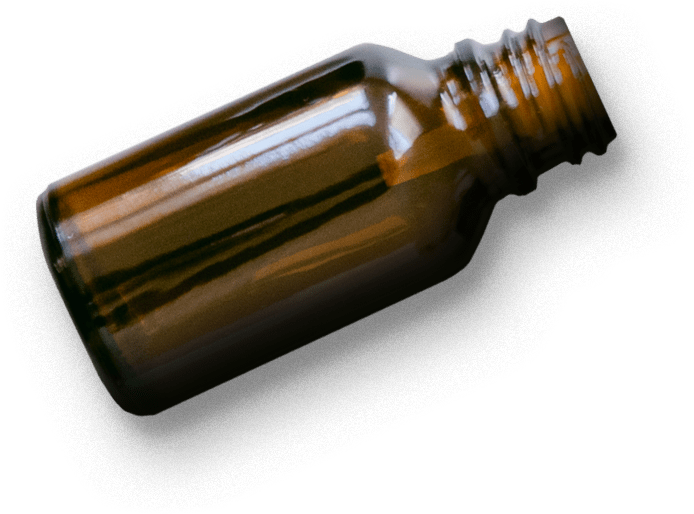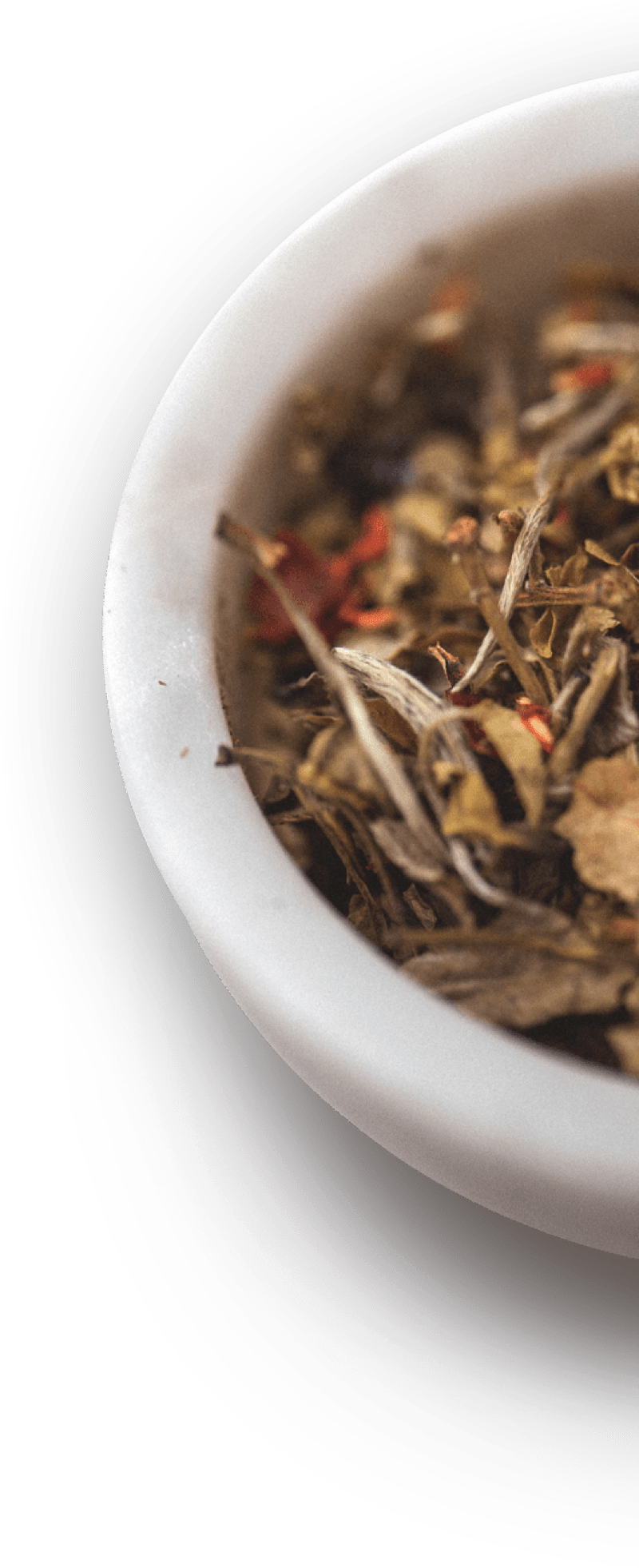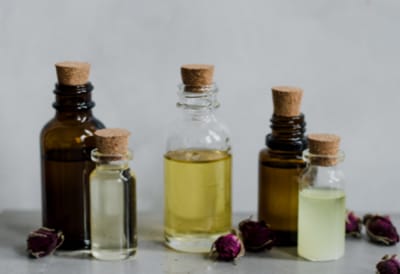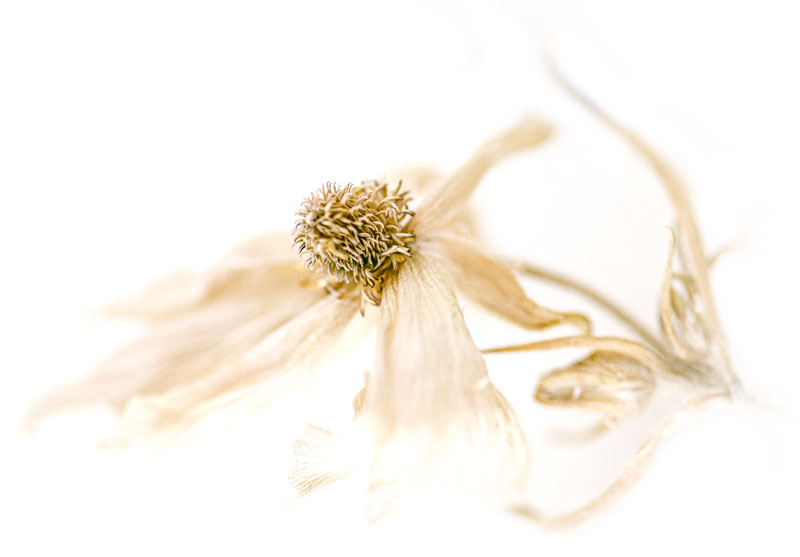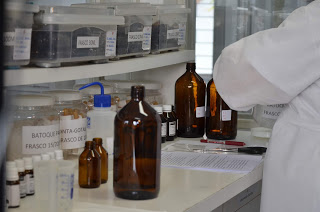Switzerland is an interesting country with its paradoxes, highly traditional, but one of the champions in innovation. The conventional pharmaceutical industry is highly developed, with Roche and Novartis, the patent champions, but the largest non-conventional drug industries are also in Switzerland (Omida, Iscador, Spagyros, etc.).
There are large hospitals and clinics, known around the world with unconventional treatments for chronic diseases and cancer, such as Paracelsus Klinik and Paracelsus Spital, and, amazingly, 54 Paracelsus schools exist for alternative medical education in Switzerland, and health plans pay for the treatments.
Paracelsus is a fairly common name here and without looking specifically, I have found statues honoring Paracelsus in Einsiedeln and St, Gallen; great thinker, revolutionary, alchemist and chemist of the Renaissance period, contemporary of Da Vinci, Erasmus and Luther, great reformers: Leonardo, representing the highest expression of art analyzed, scientifically and philosophically; Erasmus expressing the greatest philosophical and satirical feeling that the scientific and artistic knowledge of the time succeeded in realizing; and Luther, the highest and most transcendental exponent of religious passion, iconoclastic, full of mysticism and a relentless pursuit of the temporal hierarchy.
So, let’s know a bit more about this rebellious spirit is known as Paracelsus:
Paracelsus, pseudonym of Philippus Aureolus Theophrastus Bombastus von Hohenheim, was born in Einsiedeln, December 17, 1493, and died in Salzburg, September 24, 1541. He was a physician, alchemist, physicist, astrologer, and German-German occultist. He is also credited with creating the name of the element zinc, calling it zincum. Endowed with a questioning, iconoclastic and revolutionary spirit, this doctor and alchemist shook the academic structures of his time, questioning the classics and affirming the need to realize their own experiences and observations for the knowledge of science.
Paracelsist medicine is a return to the philosophy of nature, to holism. He saw the person subject to the same laws and principles that govern the universe; in his words, “As it is above, it is below.” For him, health is the result of harmony between man (microcosm) and the Universe (macrocosm). Paracelsus accepts the principle of cure by the similar and prescribes: “Scorpio escorpionem curat”. He is considered by many to be a reformer of the drug. He is also acclaimed for his achievements in Chemistry and as the founder of Biochemistry and Toxicology. He appears among scientists and reformers like Vesalius, Copernicus, and Agricola, and thus is seen as a modern. On the other hand, he always possessed an aura of mysticism and even the obscure reputation of a magician. He died on September 24, 1541, at the age of 47. The cause of his death was not clarified. One hypothesis is that it would have been murder, as was evidenced in the exhumation of his bones, which showed a fracture in the skull. Still according to Paracelsus:
• “All things are poisonous, and nothing is without poison; only the dose makes a thing, not a poison. “
• “Let man have no teacher but himself.”
• Latin “Sola dose facit venenam”.
• “There are no harmful substances, there are only harmful dosages. Everything that works also has side effects. “
He was trained in the art of healing and medicine by his father, who was a physician. He traveled through almost all the countries of Europe, was in Egypt and Tartary, studying alchemy, arts, and science. It was called “The First Rosicrucian.” His illustrious life ended with his murder in 1541, as evidenced in the exhumation of his bones, which showed a fractured skull.
One day he came to the unusual decision: he would revolutionize and transform medicine, he would take therapy in more natural ways. He attended the universities of Germany, France, and Italy, attending classes of the most outstanding men of the time. Mystical magic, occultism, and scholasticism reigned in universities. He traveled through countless countries and cities in Europe. Wherever he went he taught always, lived in great simplicity, speaking a rustic language and acting professionally without any arrogance.
His extraordinary degree of observation led him to replace the old principles of therapeutics in use with a new art founded on more accurate knowledge of man, considered as a part of the universe and from whose laws he could not escape. Thus, he created his principle of man as a microcosm, within the great higher order, the macrocosm. Paracelsus, whose psychological profile is essentially that of a passionate, great rebel and great curious, shows in his impressive figure of genius the joining of positive spirit and mysticism.
There was in Paracelsus the germ of chemical synthesis running parallel to analysis in search of active principles. This is the great role played by this turbulent physician, agitator, still possessed by the magical arts, though already plagued by the vague notions of where the synthesis of new and truly miraculous medicines would emerge later.

He believed that the diseases came from the will of God, so there should also be remedies appropriate to each of them: “The problem is that poisons and drugs are almost always integrated in the same chemical body, only the dosage which would determine one or another effect of these two mysteriously united properties”, said Paracelsus. By the signs of nature, sensitive characteristics of plants and chemical substances, Paracelsus indicated its medications, seeking to find similarities of these characteristics to those of patients.
It is the law of the like in its interpretation. Nowadays it is beyond doubt that Paracelsus possessed a great culture, a great love of study, a rigorous critical spirit and customs based on sobriety and absolute chastity. A great critic of his time said, “There are some who learn so much, that all they have studied them makes them lose their sense, and there are others who take care much more of their profit than of the health of their patients. The doctor must be a servant of nature and not his enemy; must know how to guide and guide them in their struggle for life, and not by their irrational influence put new obstacles in the way of recovery. “


